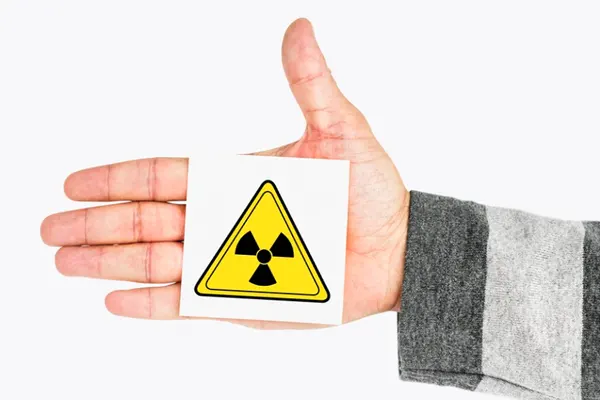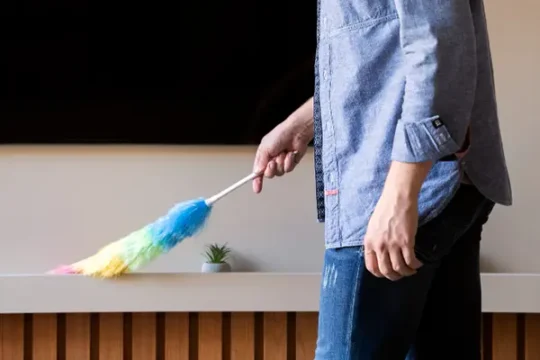Radon is the second most significant cause of lung cancer in Canada, accounting for roughly 3,200 deaths annually. The worst part about radon is that it is an invisible radioactive gas that is not detectable by the eyes and does not carry any identifiable scent.
Radon gas affects homes inconspicuously and does not cause any immediate symptoms. The only real way to know if your home is affected is to have your residence tested. But where does Radon come from and how does it get into your home?
How Does Radon Get into Your Home?
There are three key ways in which radon may permeate into your residence. These include the following:
⦁ Soil and Rock
It is a radioactive gas that naturally forms from the decay of uranium and radium. Uranium first decays to radium which further breaks down into the radioactive gas radon. It is a colourless, odourless, tasteless gas found in nearly all types of soils. As a gas, it is easy for it to travel from the air pockets in your soil and rock bed up through the ground and into the air around your home.
If your soil has a source of radon within, it is easy for this gas to rise and accumulate around and inside your property.
⦁ Foundation Cracks
If your home has any cracks or holes in its foundations, it becomes easier for radon in the soil to directly permeate into your home. It can also start seeping in through cavities in your walls, gaps around service pipes or even through your sump pump. Your home may begin to trap radon inside, allowing it to accumulate over time.
However, do not think radon will not enter your home if it is new or has no foundation cracks. Radon can enter any and all types of homes, with basements or without basements, with crawl spaces or without.
⦁ Water Sources (Wall Water)
Radon gas can also easily dissolve and accumulate in underground water sources, also known as grounded well water. This could be your own private water wells or public water supply systems. Using this water for showering, cleaning or washing dishes allows the radon gas to be released into the open air.
However, radon gas weakens in water and does not accumulate in significant concentrations. Around 95% of the exposure you get to radon comes from indoor air and only about 1% comes from drinking water.
What Are The Impacts of Radon?
Now that you know how radon can accumulate in your property, let’s discuss the impacts of radon that make it a health hazard. At normal levels, it does not lead to any critical health effects. Normal levels of radon for indoor air are around 200 Bq/m3 (becquerels per cubic meter). If it rises above this level, it can lead to health risks, the largest one being an increased risk of lung cancer.
Inhaling radon will allow it to enter the lining of your lungs, damaging your lung cells. Over time, it can raise your risk of lung cancer, particularly for smokers. It is also very difficult to catch the symptoms of radon poisoning immediately. The effects of lung cancer may show up after years. Some signs you may notice include cough, shortness of breath, wheezing, chest pain or weight loss.
How Can You Detect Radon?
Years ago, radon detection could only be done professionally. But now you can easily test for radon at home thanks to easy and low-cost radon testing kits. These radon testing units are placed in your home in select areas to attract radon or its byproducts. Short-term tests will show results in just a few days, whereas long-term kits will show results in over 90 days. After the test is completed, you will have to send the test radon test kit to a lab for results.
You can also hire a qualified radon detector to do the job for you. If you plan on buying or selling a home, you should always hire a qualified tester.
Final Thoughts
Radon can enter your home through several avenues and it may be difficult to block it out completely. To avoid radon wreaking havoc on your lung’s health, you should take a proactive approach and have your property tested. For best results, only trust a qualified professional with your property’s testing.




